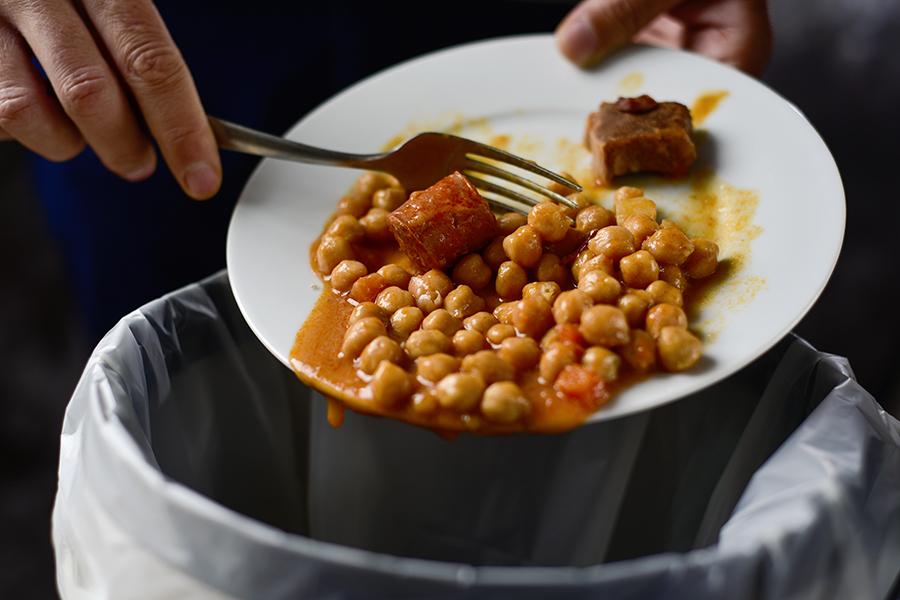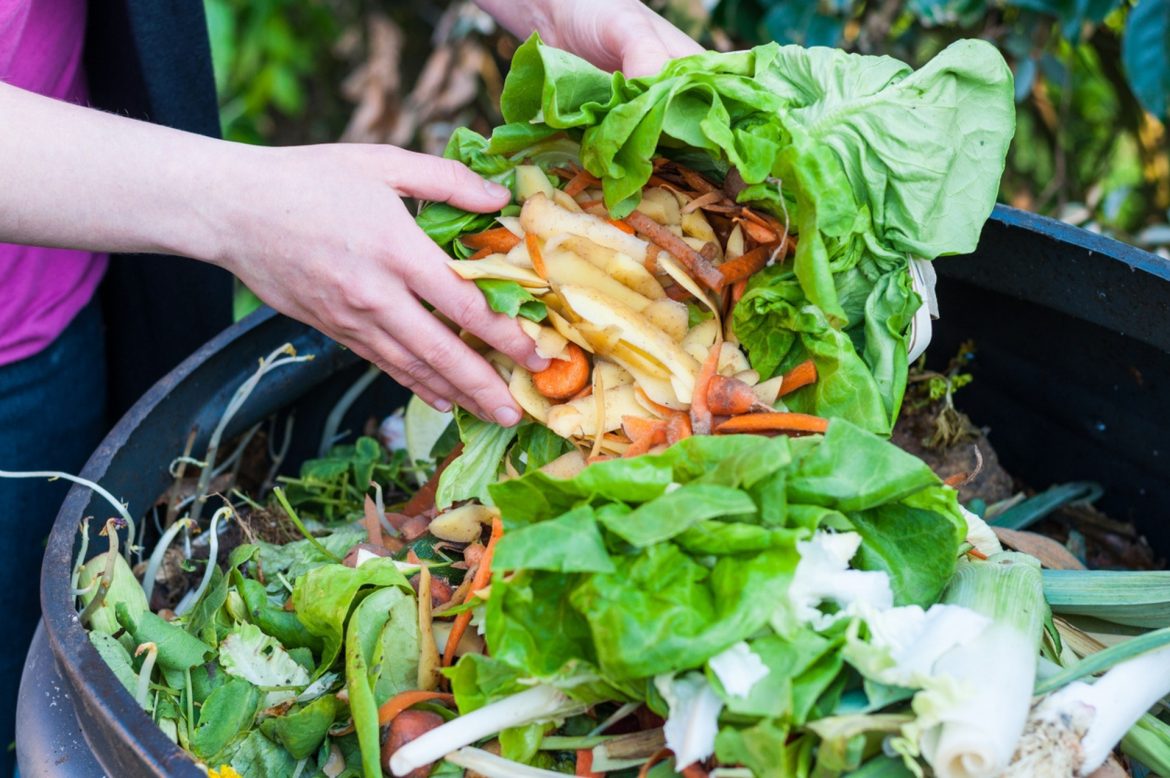Toxic greenhouse gases are released into the environment while food waste is withering away in landfills. Because it contains high quantities of sodium salt & moisture and is collected with other debris, processed food is hard to treat or recycle. Hotels, restaurants, supermarkets, apartment buildings, cafeterias, airlines, food processing plants, and similar establishments are major producers of food waste.
Food waste is indeed the third-largest waste stream in the United States, following paper and yard debris, according to the Environmental Protection Agency. More than a third of all municipal solid waste in the United States is made up of food leftovers. It’s estimated that the United States throws away 35 million tonnes of food annually, or about 40 percent of the total food consumed locally, to landfills and incinerators.
Every year, households in the United Kingdom waste approximately 4.5 million tonnes of food. CO2 equivalent emissions from food waste in Canada total 56.6 million tonnes. These figures demonstrate the enormous amount of food that is thrown out on a yearly basis around the world.
Efforts To Reduce Food Wastage
In order to ensure that food waste is properly disposed of in an environmentally friendly and sustainable manner, a suitable food waste reduction strategy must be created. Two of the most prevalent ways to recycle food waste are:
Composting is a process in which naturally existing microorganisms with oxygen break down biodegradable garbage in a confined vessel or tube;

A treatment that disintegrates biodegradable trash in the absence of oxygen, creating a renewable energy that can be utilised to generate electricity & heat.
Only 3% of food waste is now recycled in the United States, largely through composting. As an option to landfill waste disposal, composting produces volatile compounds & costs energy, but it is a more environmentally friendly method. As a result, finding better ways to recycle is an urgent need.
Many European & Asian countries have found success with anaerobic digestion as a means of stabilising food wastes and generating useful byproducts. Sweden, Austria, Denmark, Germany, and the United Kingdom have pioneered the development of novel biogas technology and the establishment of new initiatives to convert food waste into electricity.
In terms of financial exploitation, food waste has the most potential because it includes a high amount of emissions and it can be easily transformed into biogas & organic fertiliser. You can use food waste alone in a biogas plant, or combine it with other organic wastes such as cow dung, poultry litter, sewage, agricultural residues and slaughterhouse waste to create more biogas.
The municipal waste stream is dominated by food waste, which accounts for a significant portion of the total. Recycling food waste instead of dumping it in landfills can make a big difference in the fight against global warming while also bringing in money and opening up new job opportunities. Because of rising energy costs and an increase in pollution, it is more critical than ever to utilise food waste as a source of renewable energy.
In light of the widespread availability of anaerobic digestion technology around the world, waste generators & environmental agencies in the United States must endeavour to implement a food waste management system that is both environmentally and economically viable.

